Mechanical Movements
Mechanical timepieces use a complex system of gears, springs, and levers to store and release energy, which is regulated by an escapement. The mainspring is responsible for storing the energy, which is released through the gear train, ultimately powering the watch's hands. The escapement ensures that the energy is released at a controlled rate, resulting in accurate timekeeping.
a. Manual-wind Movements: require the wearer to wind the mainspring manually, usually via the crown. These movements are often found in classic timepieces.
b. Automatic Movements: also known as self-winding movements, automatic watches harness the energy generated by the wearer's wrist motion to wind the mainspring. A weighted rotor, which moves as the wrist moves, winds the mainspring, ensuring the watch remains powered as long as it is worn.
Quartz Movements
Invented in the 1960s and revolutionized the watch industry. This technology utilizes a battery as its power source, which sends an electrical current through a quartz crystal. The crystal vibrates at a precise frequency, which is then translated into timekeeping through a series of electronic components. Quartz movements are highly accurate, affordable, and require minimal maintenance. This has made them a popular choice among watch manufacturers and consumers alike.
Hybrid Movements
Some timepieces combine elements of mechanical and quartz movements. For example, Seiko's Spring Drive technology uses a mainspring for power but incorporates a quartz crystal for timekeeping regulation. This hybrid approach offers the best of both worlds.
Smartwatch Movements
The newest addition, smartwatches utilize advanced digital technology to offer a range of features beyond traditional timekeeping. Powered by rechargeable batteries and often connected to smartphones, smartwatches can track fitness data, display notifications, and even make phone calls and answer texts.



